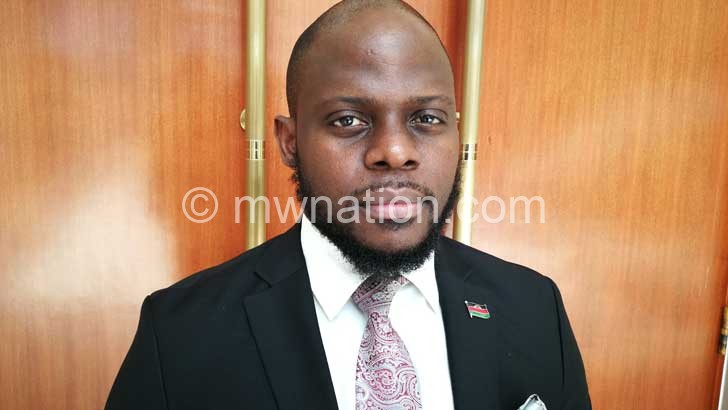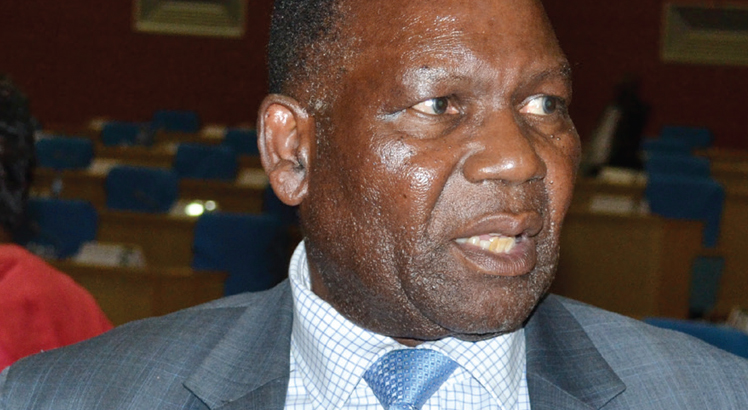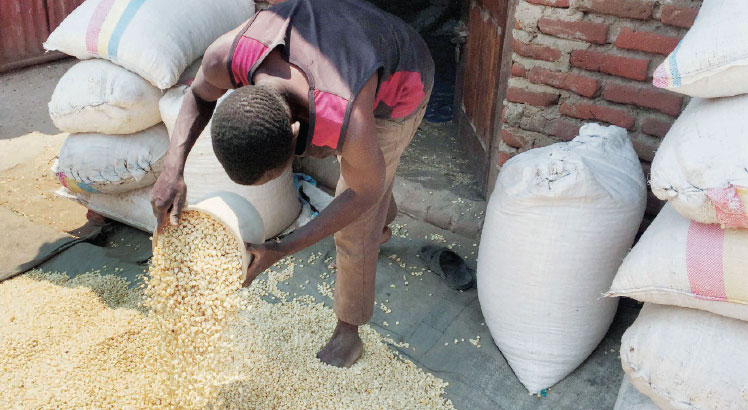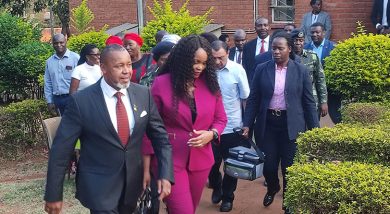A safe way to safe drinking water
Watereka lies along the M1 between Raiply and Mzimba Boma junction. It is a hilly side strewn with relatively short natural trees. At the peak of the terrain are about six villages which, for decades, had water problem.
Every day, Suvia Wanda could wake up at 4am to draw water from a pumped shallow well down the slippery gully, catering for these all the villages.
“It was a pitiful situation,” she recalls, “I had to spend not less than two hours to fill a bucket of water for cooking, drinking and bathing.”
The mother of five, who from Chinjovu Mseteka Village, Traditional Authority Mzikubola in Mzimba District, says due to the huge number of people relying on the water source, rules had to be made and strictly enforced.
“It was a pail per person. Filling two buckets at the expense of others led to fights,” she explains.

Again, the drinking place was scrambled by both humans and livestock. Worse still, the villagers could only find water during rainy seasons as the well dried up during summers.
To add salt to the injury, the water was not entirely safe for drinking as both children and adults queued for treatment at Watereka Clinic from water-borne diseases.
Lack of access to safe, sufficient and affordable water has a devastating effect on the health, dignity and prosperity of people. It also affects the realisation of some human rights. This is why in 2010, the United Nations (UN) recognised safe and clean drinking water as a human right.
In line with Sustainable Development Goal (SDG) number six as set by the United Nations (UN) which aims to ensure universal, equitable and affordable access to safe water by 2030.
Malawi 2063, the country’s long-term development strategy, also envisions a healthy population which has access to clean water through the development of water networks that cater for agricultural, industrial and household usage nationwide.
In Malawi, a household is considered to have access to safe drinking water if it is piped into a dwelling, is a communal tap, a public or private protected well and a borehole in rural areas. Bottled water and supply by tanker truck or bowser are also considered safe.
The Ministry of Water and Sanitation recommends a minimum quantity of 36 litres per person per day within a maximum distance of 500 metres.
All these requirements were, but a dream in Watereka.
Mzimba District Social Economic Profile indicates that 14.8 percent of rural households do not have access to safe drinking water due to terrain, scattered pattern and a high number of non-functional water points.
These people walk long distances to get water as was the case with Watereka residents until their leaders and elders sat down for solutions.
“We did all we could to protect the well until we asked the authorities to intervene,” says area development committee secretary Austin Banda.
M’Mbelwa District water development officer Jacob Mkandawire says the council, through Governance to Enable Service Delivery (Gesd) project responded to people’s demands based on the District Development Plan (DDP).
Funded by World Bank, Gesd aims to strengthen local authorities’ performance, responsiveness to citizens’ needs and management of resources for improved service delivery.
Due to the topography of the area and ensuring that communities around Watereka had an interrupted access to clean and safe water, the intervention had to be strategic.
“We thought of using a technology which is currently becoming popular in Malawi where we drill deep wells and pump water upland by solar energy or electricity,” says Mkandawire.
The project was completed in 2021 with an appended 5 000 litre tank that connects piped water to Watereka Clinic and three villages.
“It is a perceptive investment,” Mkandawire explains, “It is an upgrade of a borehole with multiple water points so that people can have safe water closer to their homes.
“In addition, the water can be used both for consumption and irrigation.”
Today, Suvia’s family is among the beneficiaries of the project. Clean tap water is within a 50-metre distance from her home. She beams with smile as she outlines the huge benefits Watereka villagers have realised from the development.
“We used to live a hectic life to find unsafe water and had to acquire it under difficult conditions. But right now, we do not have to worry about waking up in the wee hours to fetch water,” she says.
Village Head Chinjovu Mseteka says the water points have lightened up people’s mood in his village and that families are healthier and have more time for other activities.
“Water-borne diseases are no longer a thorn in our flesh. We live in peace and our kids are much happier as they go to school on time,” he says.
Mkandawire says his office will continue monitoring the performance of the system, but has an advice to community members.
“They own the project and use the water. They should protect the facility so that they do not go back to old ways of drinking water from unprotected water sources,” he says.






One Comment